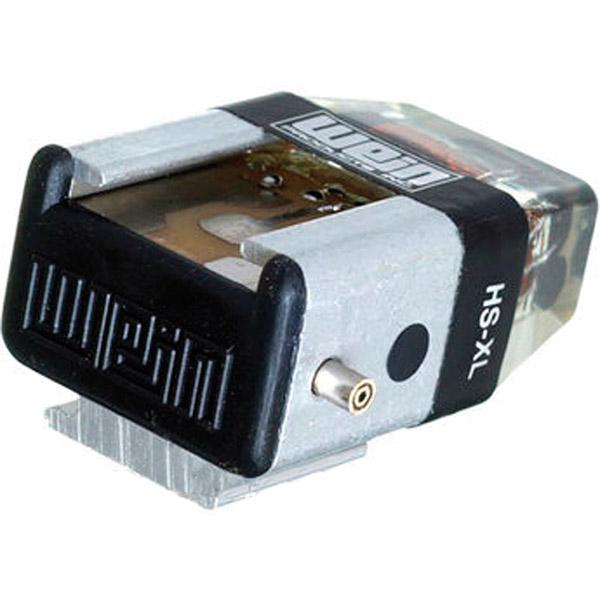Jim Zuckerman
|
Jun 20, 2014
|
May 28, 2014
|
May 28, 2014
|
Apr 24, 2014
|
Mar 25, 2014
|
Mar 25, 2014











